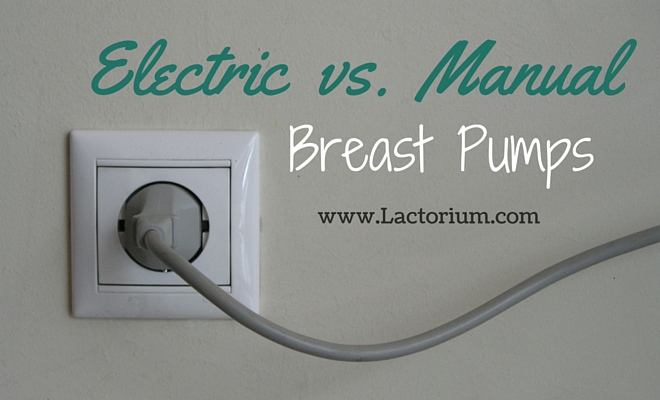
Breastfeeding
Electric vs. Manual Breast Pumps
Breastfeeding provides a child with better nutrients and antibodies as compared to formula milk, which is why a lot of mothers stick to breastfeeding their child at least for a period of time. It is not easy for mothers to always be present to nurse their child, and that is why the method of expressing milk is used. To make the process of expression easier, breast pumps were introduced.
There are several diverse models of pumps that are available for mothers to choose from, however, there are two key types that could be used:
- Manual breast pumps, also called closed collection systems.
- Electric breast pumps, also known as open collection systems.
Consider these factors when thinking about which method of expressing breast milk you would like to use:
Affordability
Manual pumps are cheaper to buy and use because they do not have a motor attached to it. Nor does it require electricity, whereas electric pumps are expensive and need electricity. Buying batteries for electric pumps additionally makes it less cost-effective as batteries run out after some use.
Functioning Properties
Manual breast pumps are basically hand-operated pumps in which you first put the flanges on the area surrounded by areola, the lever is then pressed to suction out the milk in the container attached to it. They do not require electric supply and are easier to carry. It is effortless to use them on fuller breasts compared to softer breasts. The only downside is that it takes longer to express milk using a manual pump and can cause your hand to get tired and stiff after extended pumping.
Electric pumps require electricity, as the name suggest, although there are some which requires batteries. Electric pumps have the facility of single or double pumping, which is pumping from single or both breasts, respectively. These pumps are noisy as it consists of a small electric motor which generates a rhythmic suction so pumping near a sleeping baby isn’t advised. Electric pumps also allow you to adjust the force of suction and speed. Some electric pumps may also come with accessories that will allow you to be hands free and mobile while pumping.
Efficiency
Manual breast pumps are good to begin with if the mother is not sure about how long will she be continuing breastfeeding. The speed and suction of the pump is entirely controlled by the mother therefore it is less painful. As using them is time consuming, they are good for occasional or emergency situations. They are also easier to carry in a hand bag if needed be.
Alternatively, electrical pumps are suggested to mothers who often pump or need to pump out in greater capacity and less time. It is recommended not to use battery operated ones as they run down fast. They are better for home usage as a lot of tubes are attached to it to carry it in a public setting.
Even though both electric and manual breast pumps have their own pros and cons, its preference varies from person to person. To choice of one or another depends on the mother and her requirement, whether it’s for long term or shorter period of time.


0 comments